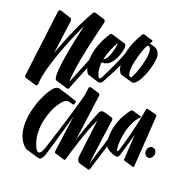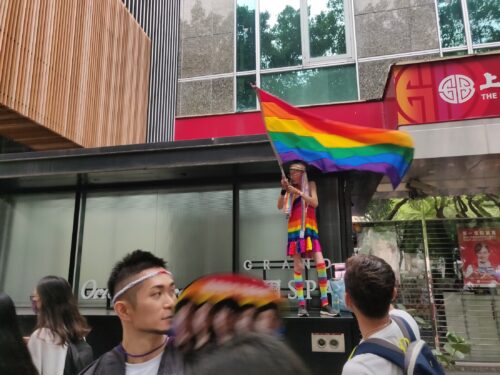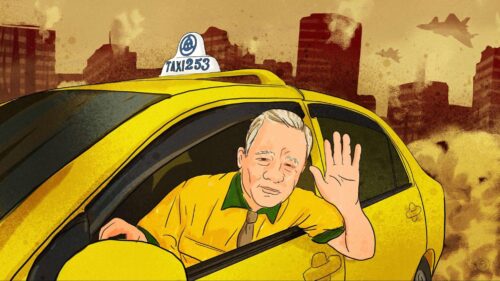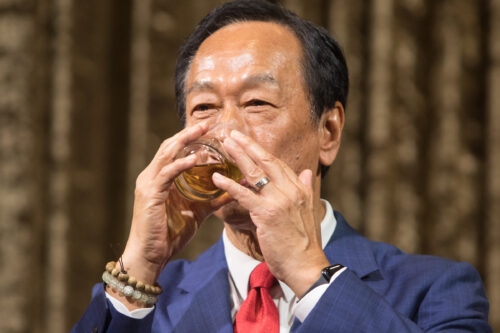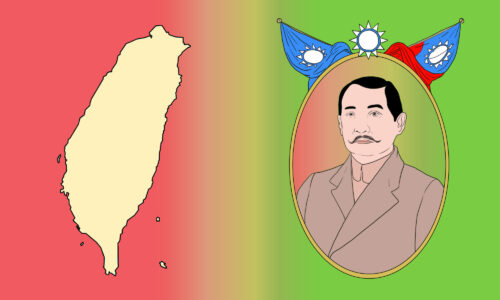Taiwanese light artist Fangyu Chang builds luminous structures for music shows
Using lasers, projectors, and computer code, the Taipei-based light artist creates planes of color, deconstruct rooms, and sculpt shapes out of thin air.
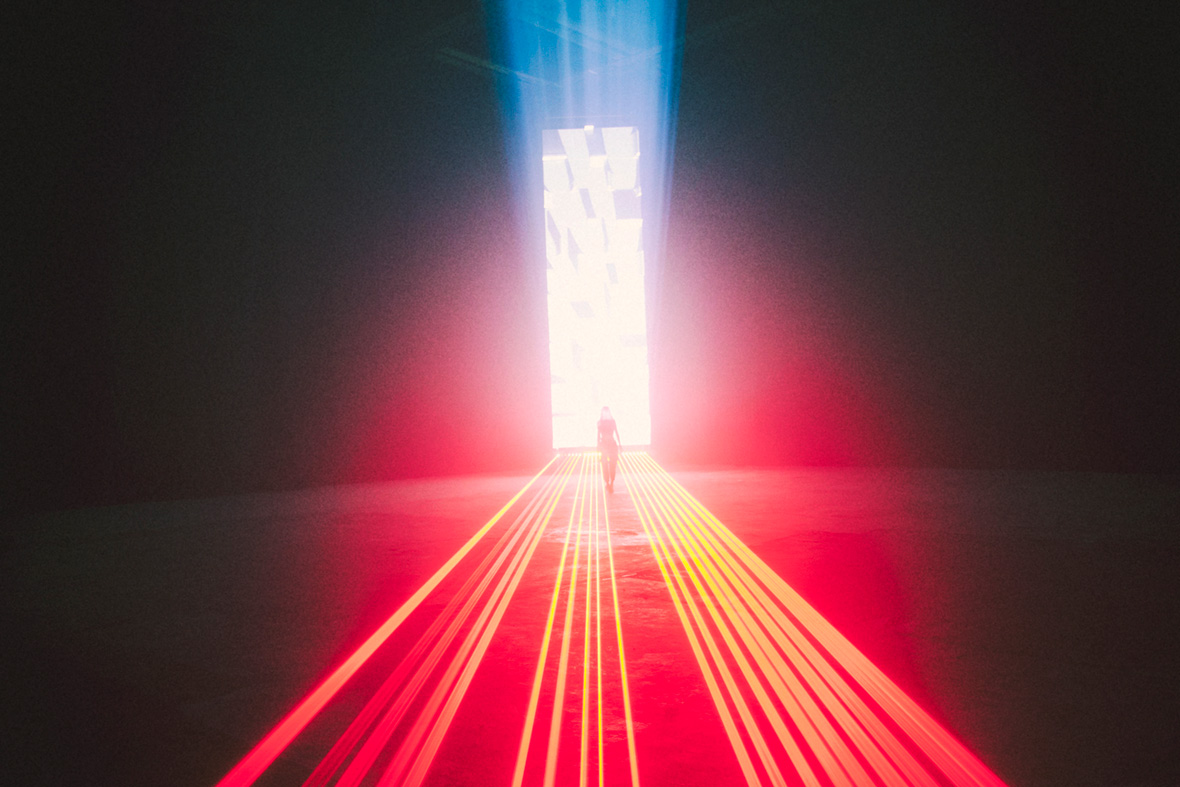
This article was originally published on Neocha and is republished with permission.
What would it be like to touch light? Aka Chang has a better idea than most. The Taipei-based light artist, whose given name is Chang Fangyu (張方禹 Zhāng Fāngyǔ), uses lasers, projectors, and computer code to create planes of color, deconstruct rooms, and sculpt shapes out of thin air. He collaborates with musicians, DJs, and performance artists to bring his art to life.

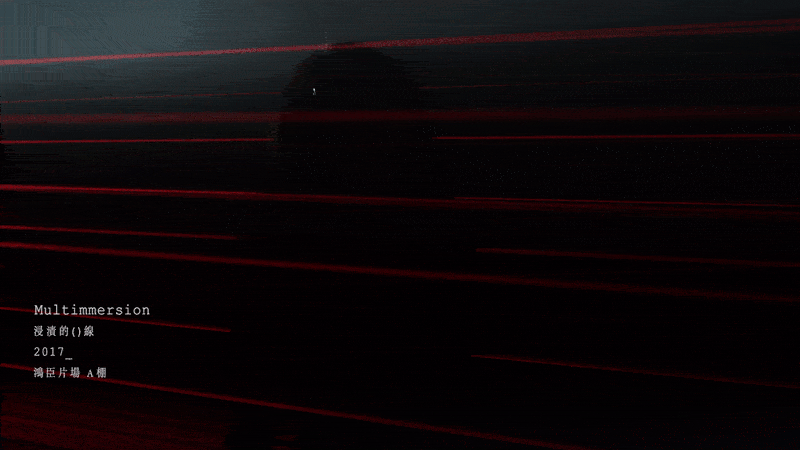
Chang got his start as a VJ while studying fashion design in college. At first, he simply stitched together animation and film clips, which he would make move to the sound of the beat. “The style was like ’90s MTV videos,” he laughs. “Today it might seem old school, but in 2005 there weren’t many VJs in Taiwan.”
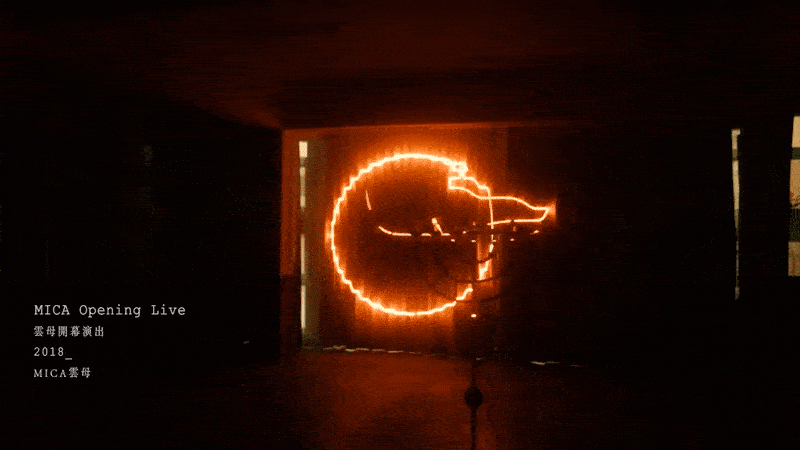
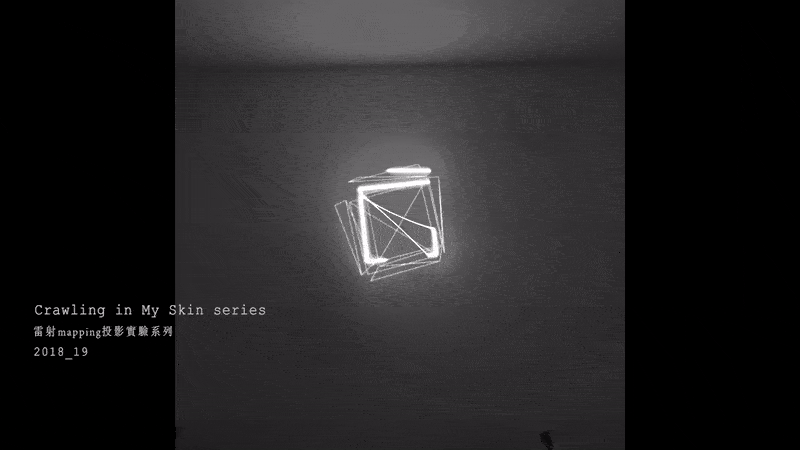

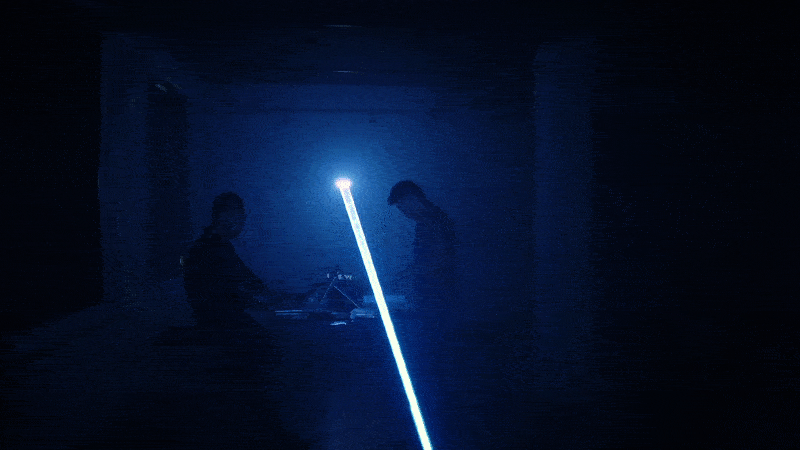

A recent project took place at Taipei’s most prominent underground dance music club Final. Using lasers, roving stage lights, and LEDs trained on smoke and walls, Chang sent shards of light in geometric patterns over the dance floor, seemingly changing the shape of the room. The lights hung mid-air, fluttering with the beat. The installation was created for a party thrown by the rave organizers Pure G.
Light art often finds a home in clubs, and Chang has worked on similar projects turning familiar spaces into new worlds. Last year, he used 190 red laser beams to weave a glowing net that hovered five meters above the dancing crowd. Called Empty Universe, it featured Pure G DJs performing on stage, fitted in all-white and covered in masks by designer Kayn Ken Chen, while Chang conducted his orchestra of blazing red light.

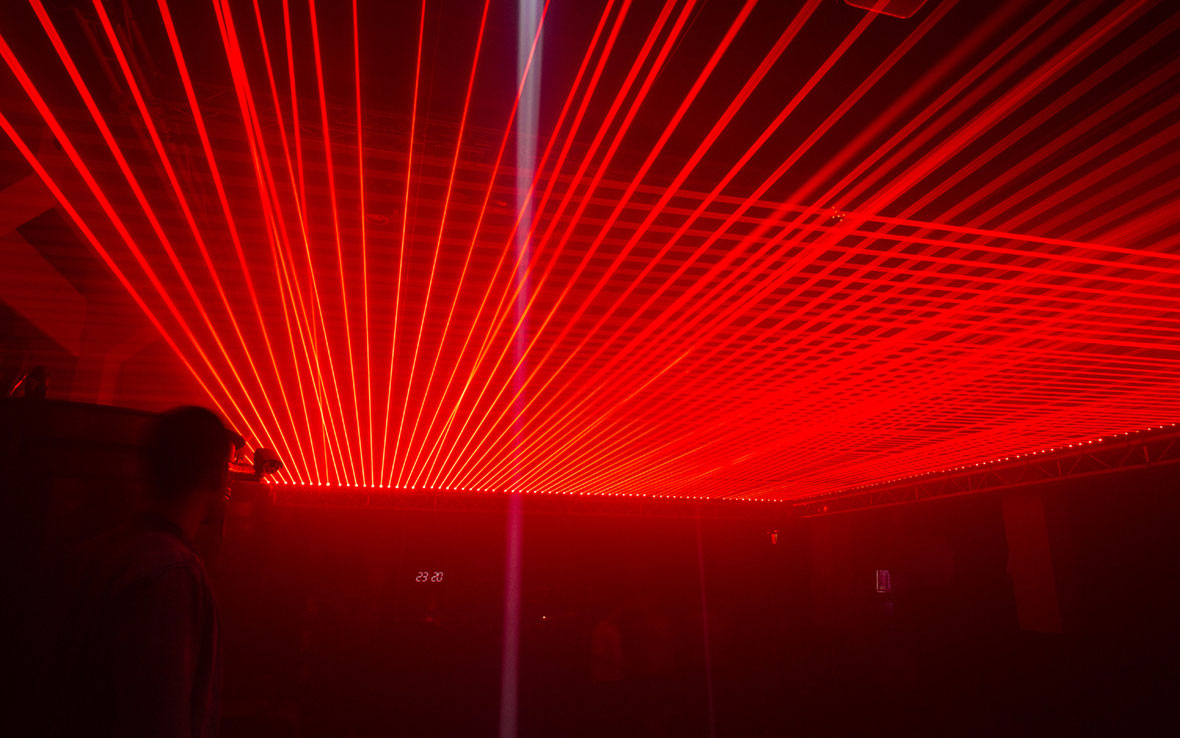
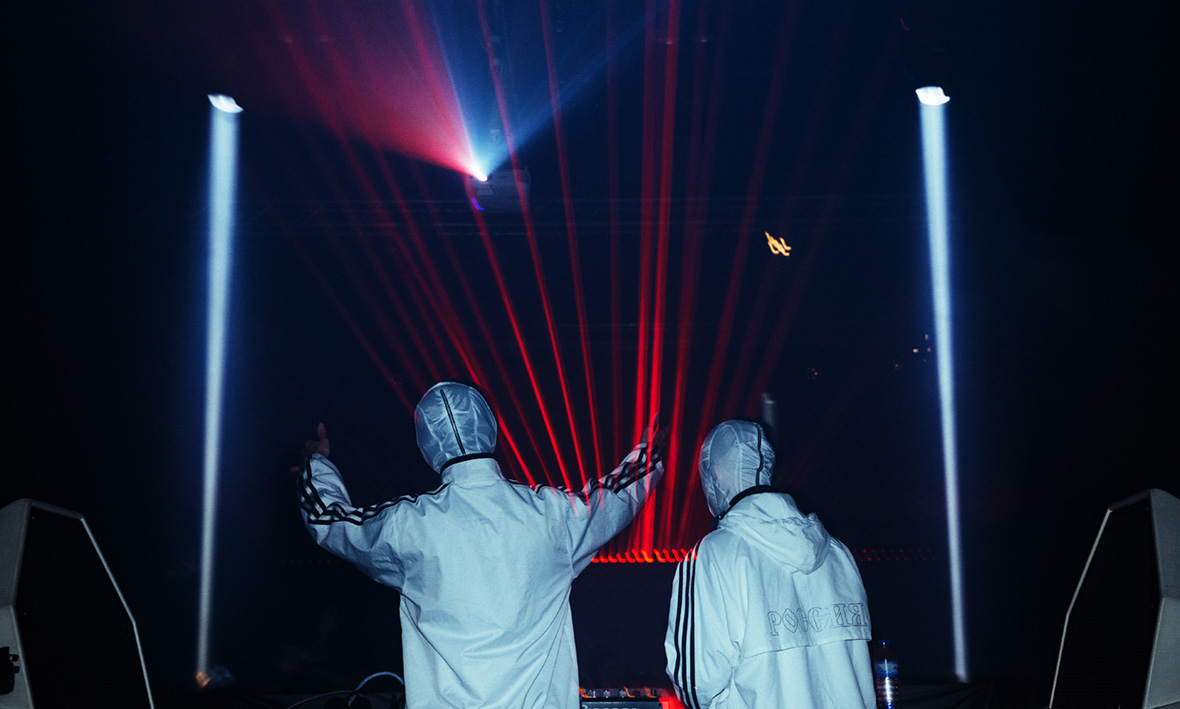
The link between light art and music is natural. A more intimate example of this symbiotic relationship is Chang’s June Orbs project. It’s a traveling collaboration with musician Jez Fang, a pioneer in Taiwanese experimental electronic music from the group KbN. The pair sit facing each other on a stage built from interlocking plastic boxes, surrounded by four obelisks, each projecting light from its peak. “Usually we work together by jamming,” Change explains. “He’ll throw out some sounds, and I’ll try to start developing some visuals, so the sound and visuals grow organically.”
Chang relies primarily on TouchDesigner to create his visuals, which is plugged into Fang’s Ableton controls, so some knobs that control the music will also affect the light, making both wobble or expand together, for example. Although the sphere seems to float in the air in three dimensions, it’s actually projected onto the wall behind them.


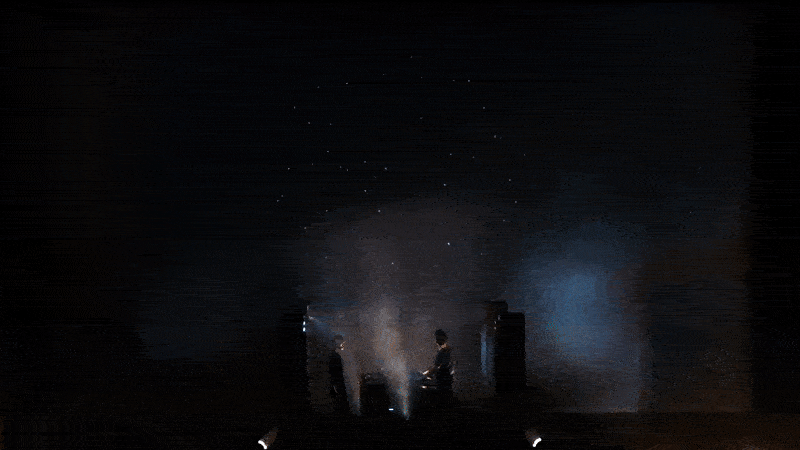
Chang works with stage performers too, blending with their choreography, accentuating the movement of their bodies, and elevating the mood and meaning of their work. Last November he participated in the Kuan Du Light Art Festival, which took over Taipei Art University’s swimming center. As dancers and actors appeared to walk on the surface of the dark water, Chang sent blasts of fluorescent lasers, transforming them into stark silhouettes, drawing paths to the heavens, and opening doors that seemed to lead to alternate worlds.
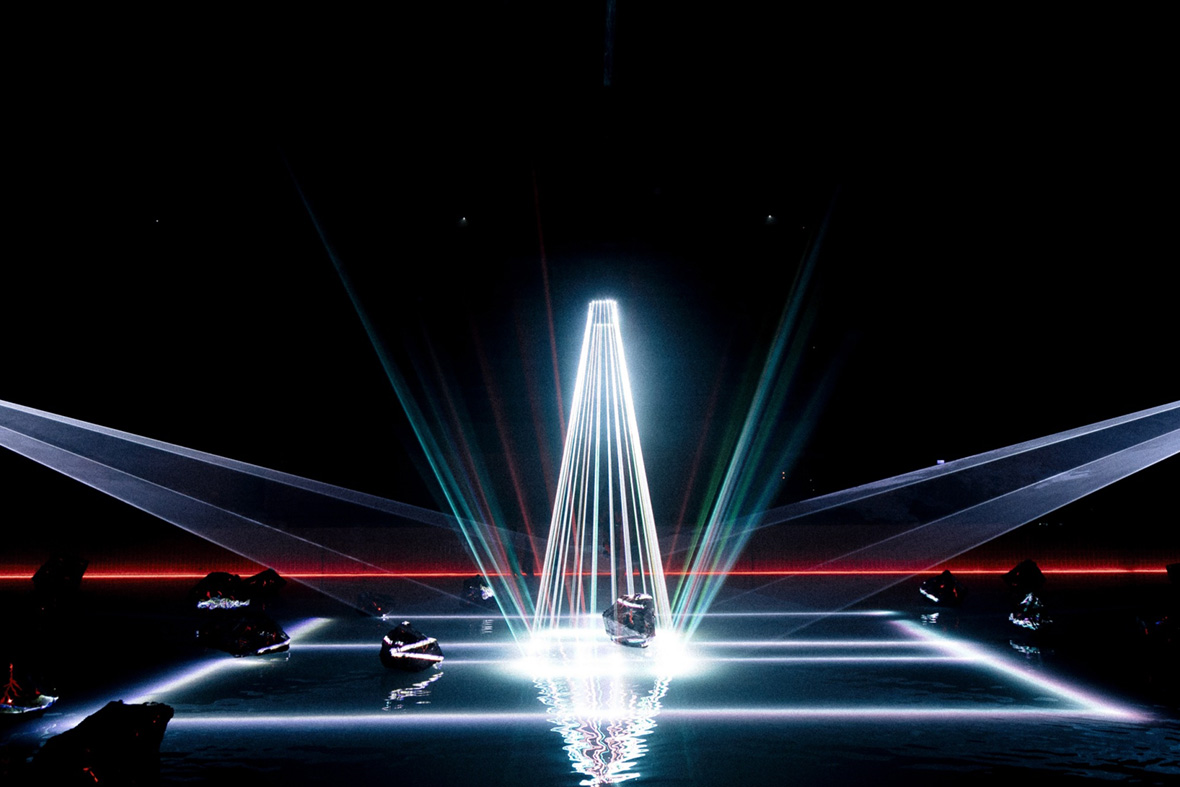
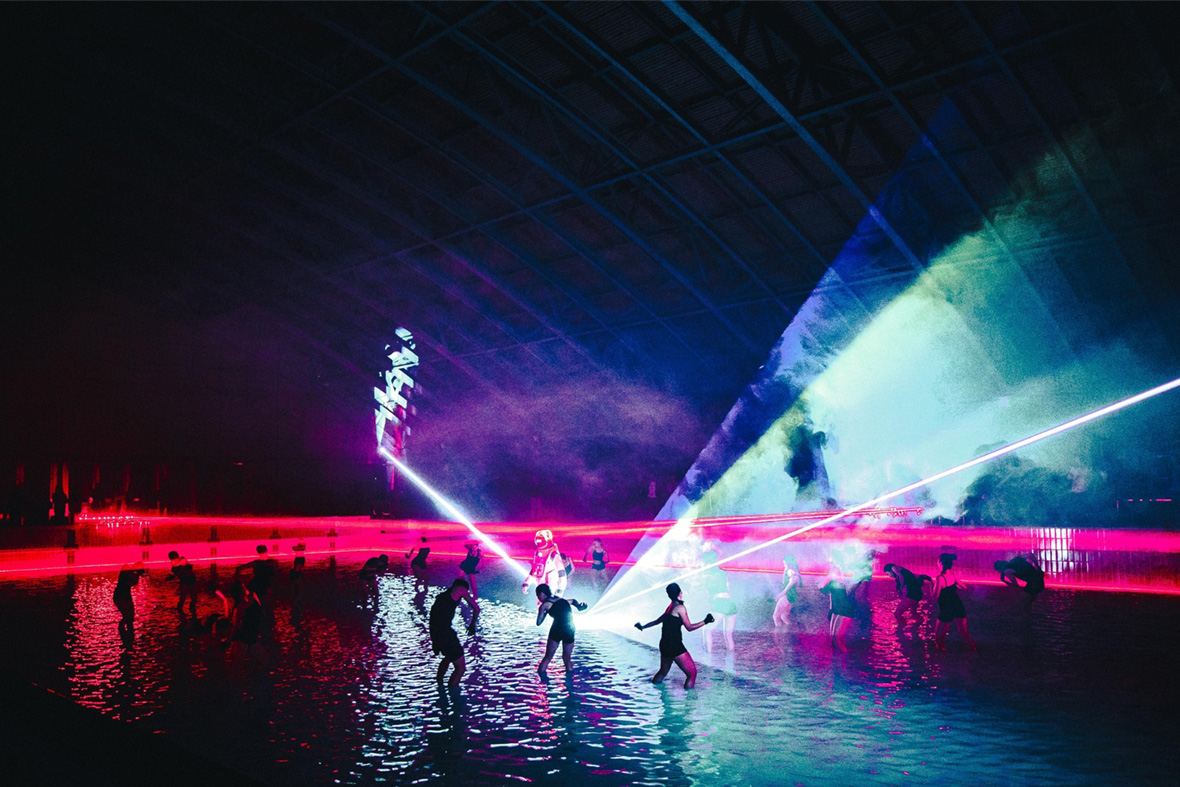

“In one part, an astronaut stood in the center of the pool while beams from four corners baptized and shot through him, like a symbol of energy transferral and intensification,” Chang explains. “A laser beam fell onto the water, reflecting a surface of light, like an image of a rift in space and time. Finally, four beams drew a cross in the pool, like a path guiding the astronaut ashore. All the scenes have a futuristic, high-tech feel, but they create a richly philosophical and poetic relationship between pure light and people and space.”
“Laser light is very strong, very extreme, and once it appears no one can look away,” Chang says. “At the same time, the surface of the light that appears in the air is so delicate, so beautiful.”
Like this story? Follow neocha on Facebook and Instagram.
Instagram: @aka_chang
Contributor: Mike Steyels
Chinese Translation: Olivia Li
